Arpudha ananda paagae agandanae ramana unnai
Karpaga thaaruvai naadi kadidhezhun thodi vandhaen
Virpana uruvae kaavai vimalane arut kand andhae
Word menaing
Chirparam / sirparam = God, divine principle; vaazhvu = life; thaen = honey; arpudham = wonderful, miraculous; paagu = sugar syrup; karpaga thaau = wish fulfilling tree; kadidhu = quickly; virpanan/virpannan = master, learned person
Meaning
Ramana, you who are the divine principle that’s omniscient! Honey that’s mingled with Siva, sweet sugar syrup! You who are everywhere and one with everything! I came running to you seeking as the wish fulfilling tree. You are the peak of wisdom. The Ever Pure One. Please protect me with your glance of grace.
SV is comparing Bhagavan with everything sweet such as holy and sugar syrup (paagu), because the grace of God that is Bhagavan is guaranteed to turn our bitterness into sweet bliss. Bitterness and sweetness emanating from our expectations of the pleasant and avoidance of the unpleasant owing to our duality driven view of life is destroyed by the merciful glance of Bhagavan. This helps us transcend the sufferings resulting from our materialistic views based on our separation of us into ego-induced ‘I’ and a world that’s separate from that ‘I’. In the ensuing state there is only the sweetness of bliss.
Kalpa Taru or Kalpa vriskha is a wish fulfilling tree, which, according to puranas, came as a result of the churning of the milky ocean along with Kamadenu, the wish fulfilling celestial cow. Bhagavan is depicted as Kalpataru as he fulfils the wishes of his devotees. There are many incidents that prove this, from blessing devotees with the conditions to ripen for self realisation to miracles on the material plane, here are just two incidents:
For instance, when Chagganlal Yogi was wanting to sell his printing press, Bhagavan appeared in his dream, showed him the person who will buy the press and the amount.
When a mill-hand who had been blinded by a disease came to Bhagavan pleading with him to restore his sight, Bhagavan sat silently as usual. It so happened the two doctors from Chennai had come to visit Bhagavan before the mill-hand’s visit. The doctors who were at the car outside the ashram, for some reason, came back to the hall and offered their services to help the blind man and latermanaged to restore sight to one eye.
Bhagavan said that there were siddhas and suddhas, the former knew they had powers, the latter, on the other hand, had no idea they had powers which worked through them, and in whose presence miracles happened.

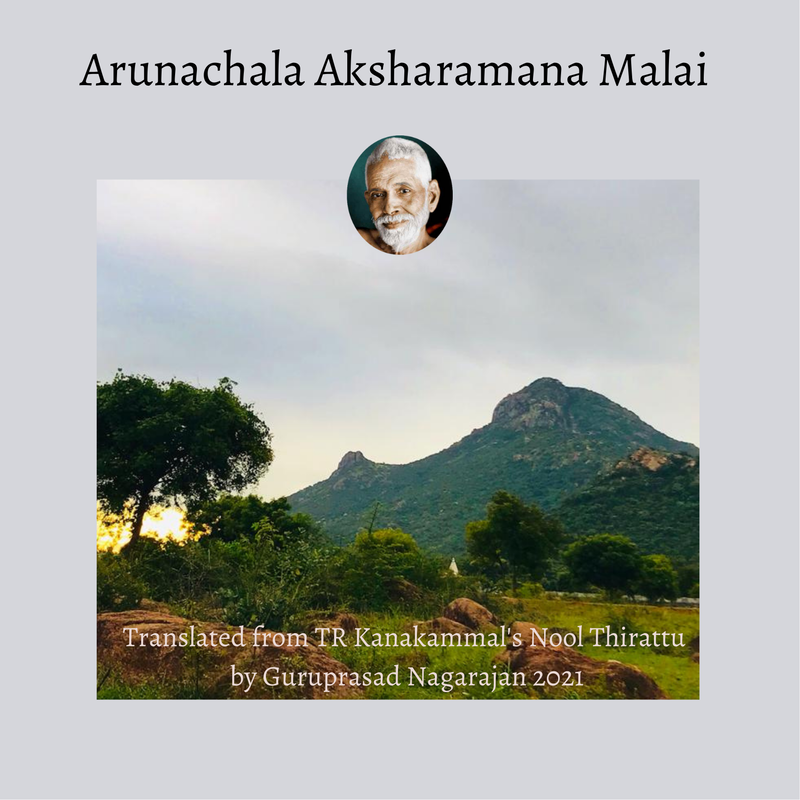
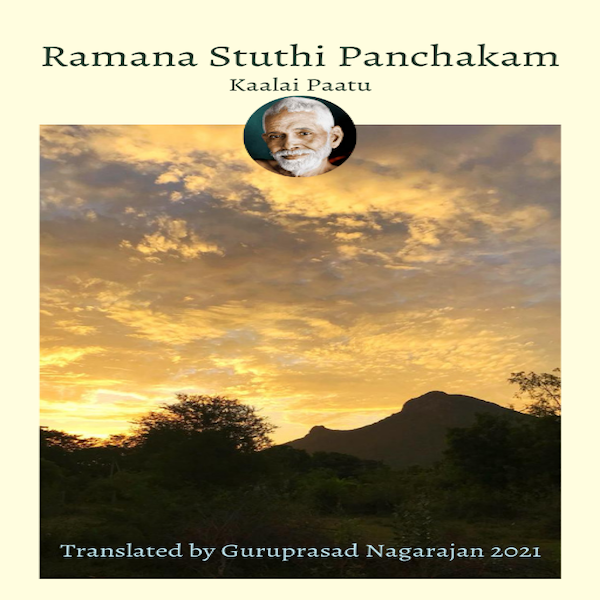
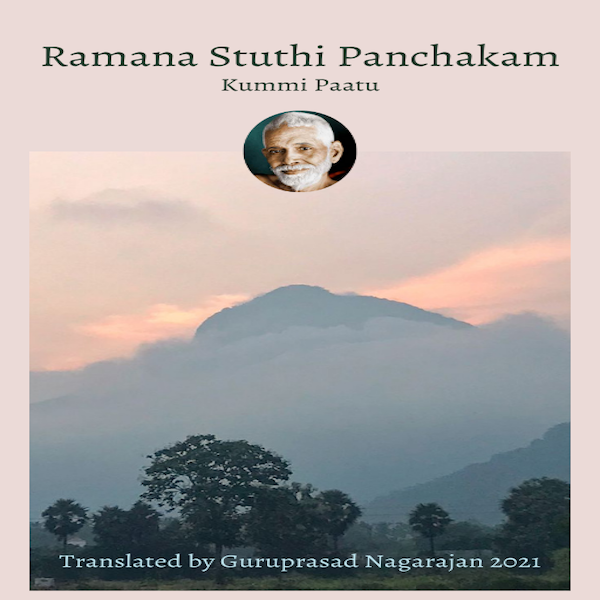
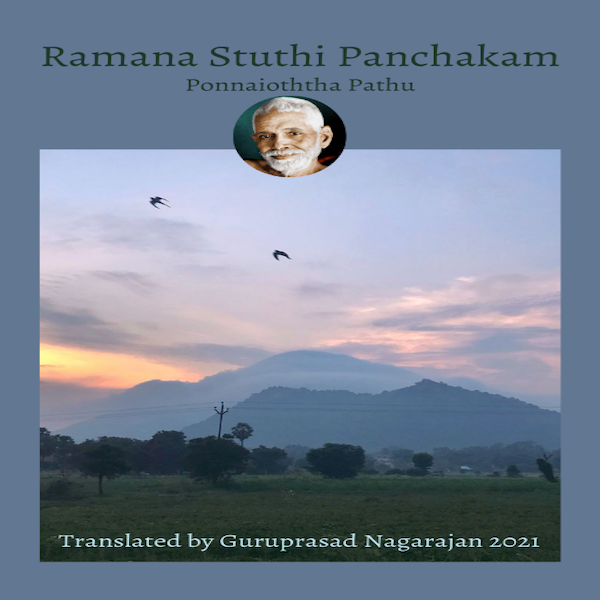
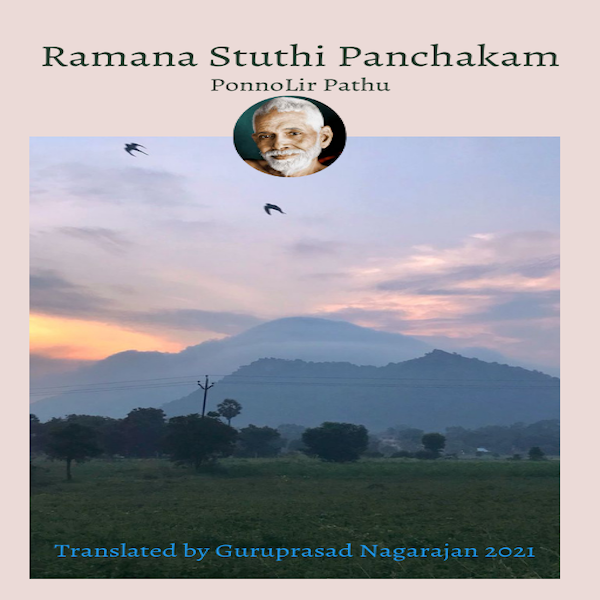
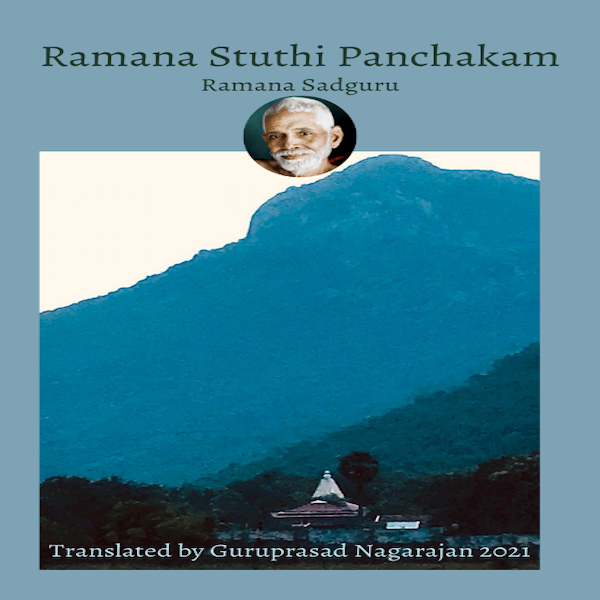
 RSS Feed
RSS Feed